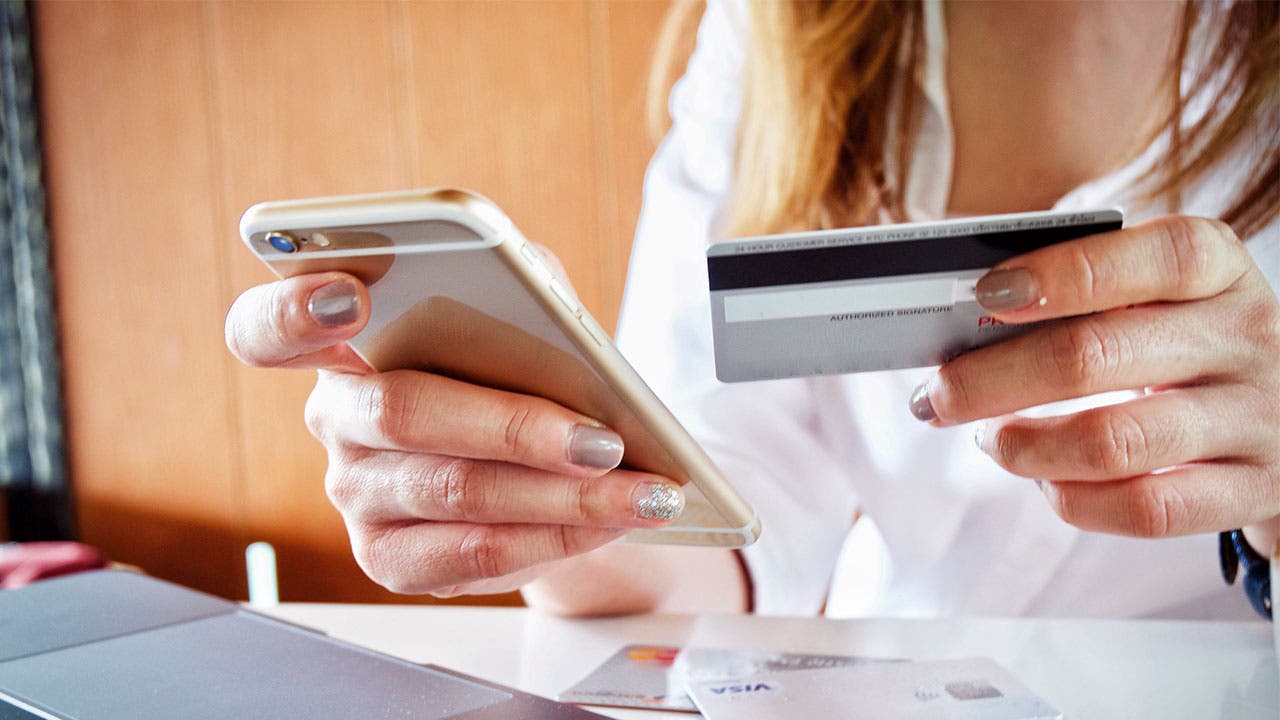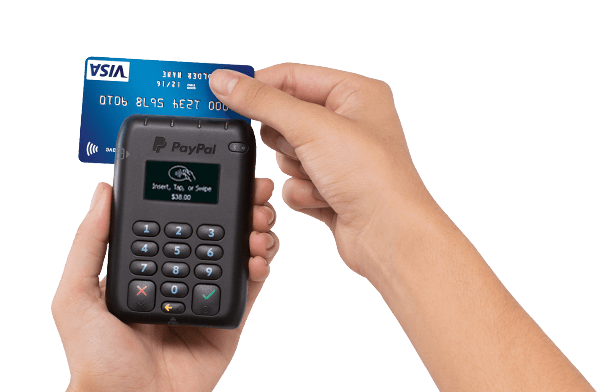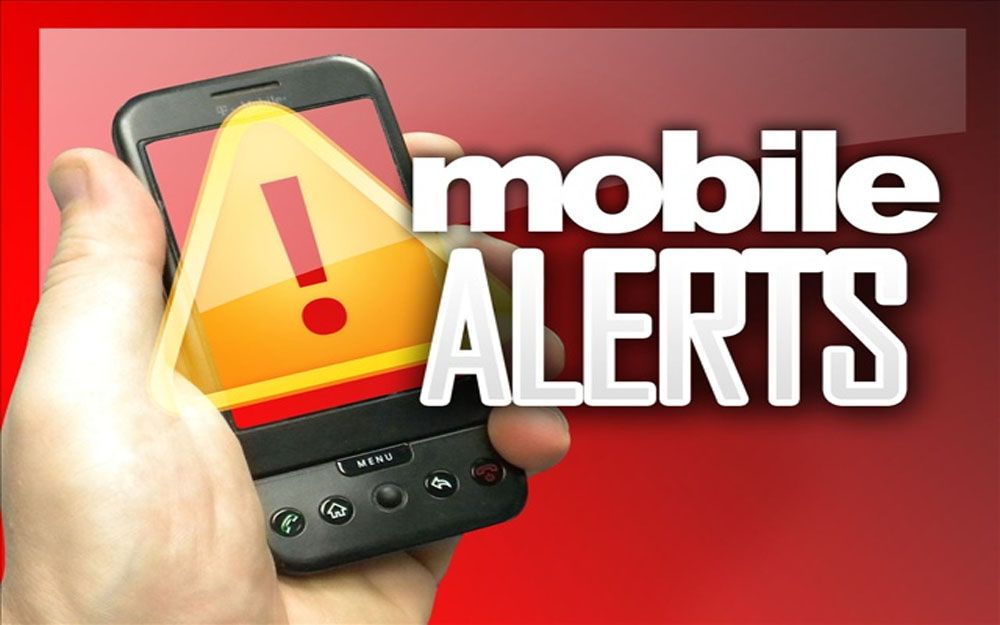The No. 1 rule for savvy credit card use: Always pay your bills on time. Smart credit card use also requires you to protect yourself from fraud, use rewards to your benefit and use your plastic to help you build your credit score.
Best Credit Card Tips

- Be patient with the switch to chip-card readers
- Be cautious at the gas pump
- Check your credit card statements and credit report
- Set up mobile alerts
- Freeze your credit
- Pay off high-interest debt
- Get a rewards credit card now
- Use the right credit card
- Mind your credit score
- Ask for a higher credit limit
Here are 10 tips to help you accomplish all of these goals in 2018:
1. Be Patient With The Switch To Chip-Card Readers

It’s been two years since the rollout of chip-enabled payment terminals began in the U.S., but only half of all retail merchants today are able to process credit cards and debit cards with a chip.
The transition has been much slower and far more frustrating for consumers and retailers than anticipated. That’s why you’re still swiping the magnetic stripe on the back of your card to pay at many retailers.
But global payments consulting firm The Strawhecker Group says acceptance of EMV (Europay, MasterCard and Visa) chip cards will continue to climb.
This is all in the name of fraud protection. Chip-based credit cards make it much harder for the bad guys to steal your credit card information. So have a little patience as the switch-over continues.
Don’t let holiday debt get you down. Pay no interest with a balance transfer card.
2. Be Cautious At The Gas Pump

Fraud should decline as a result of the switch to EMV cards, but that’s not the case at gas stations, which largely haven’t converted to chip-enabled terminals. Gas stations were supposed to make the switch in 2017, but the major card processors pushed the deadline to 2020, citing the cost and complexity of the switch-over for fuel merchants.
That means swiping at the pump will remain risky for some time. Gas stations across the country have been victimized by crooks who place hard-to-detect skimmers on top of existing credit card readers to capture customers’ card information.
Here’s how to protect yourself:
- Use pumps that are closer to the gas station convenience store. Criminals tend to install skimmers on pumps that are farther away.
- Pay inside rather than at the pump.
- If you must use the card reader at the pump, use a credit card not a debit card. If the credit card is skimmed, you face no liability with the card company and there’s no risk of having money stolen from your bank account.
3. Check Your Credit Card Statements And Credit Report
/creditcardstatement_eROMAZe_E--56a1deb73df78cf7726f5cb8.jpg)
Even if you avoid risks like swiping a debit card at the gas pump you should remain vigilant against fraud. That means checking your monthly credit card processing statements and looking at your credit reports on a regular basis.
Your card statement will reveal signs of fraud, such as illicit purchases. If you find an unusual charge, contact your credit card company immediately.
Your credit reports will reveal whether someone used your personal information to open new accounts in your name. If you find a credit card, mortgage or other account on your credit report that doesn’t belong to you, contact the creditor immediately.
You are entitled to a free credit report from each of the three major credit bureaus once a year. You can get the report at AnnualCreditReport.com. Stagger the requests so that you’re looking at a new credit report once every four months.
4. Set Up Mobile Alerts

If you don’t regularly check your credit card account, you can automate the fraud detection process. Many large card issuers now will let you set up mobile alerts that will notify you:
When you’re approaching your credit limit.
If the card company detects unusual activity, like spending that doesn’t fit your usual pattern, or transactions in unusual or unfamiliar locations.
When your card has been used. You can set this for large purchases, all purchases or anything in between.
5. Freeze Your Credit

In other countries that have adopted EMV credit cards, retail fraud has declined, but credit-application fraud has risen. Expect that in the U.S., too.
Thwarted by chip cards from using stolen credit card numbers to commit crimes, thieves will use personal information stolen in other breaches to open new credit accounts in your name.
You can catch this type of fraud by regularly checking your credit reports. But that will identify only a fraud that has already occurred.
You can prevent new-account fraud by freezing your credit. When you order a credit or security freeze, you tell the major credit bureaus that you don’t want anyone looking at your credit file. Most reputable lenders won’t open an account without first pulling your credit, so this should prevent most credit-application fraud.
6. Pay Off High-Interest Debt
Do you frequently carry a balance? Now’s the time to get that under control.
The Federal Reserve has raised interest rates twice in 2017 and is expected to do so again at its mid-December meeting.
That will affect what you pay to finance credit card debt, because credit card companies are likely to raise rates in tandem with the Fed’s actions.
Rate hikes increase monthly payment minimums, causing “payment shock” for some, according to credit bureau TransUnion. If the Fed raises the federal funds rate by a quarter-point, some consumers with high balances could see significant increases in their payments.
7. Get A Rewards Card Now

Credit card companies are in a fierce battle for your loyalty, so take advantage of rewards cards.
For example, the popular Chase Sapphire Reserve card from JPMorgan Chase has helped drive growth in new credit card accounts for the bank, and rewards are the reason. Cardholders get 50,000 bonus points if they spend $4,000 on purchases in the first three months of opening the account.
They get an annual $300 travel credit and 3X points on travel and dining out. The card has a hefty $450 annual fee, but that has not deterred consumers from flocking to grab the card.
The card’s popularity led American Express and other card issuers to offer their own big bonuses and rewards for their premium credit cards.
If you spot a deal that’s right for you, snag it now.
8. Use The Right Card

Rewards are good only if you use them. If you don’t travel much, the Sapphire Reserve card is probably not a good fit.
Consumers leave millions of rewards points and miles unused every year. A recent survey found that 58 percent of Americans say using a card to earn travel rewards is smart, but just 15 percent have ever paid for all or part of a trip using rewards points.
If this is you, consider a rewards credit card that pays cash-back instead.
And if you carry a balance, as about half of Americans do at least occasionally, a rewards card may not be the right fit at all, since they tend to have higher interest rates.
In that case, you should seek a credit card with the lowest interest rate possible.
9. Mind Your Credit Score

If you regularly carry a balance, that could have bruise your credit score, even if you make on-time payments every month.
That’s because your credit utilization how much credit you use versus how much total credit you have available counts for about 30 percent of your FICO credit score.
The lower your credit utilization the better, but if you regularly carry a balance, especially one that puts you at or near your credit limit, that could damage your score.
10. Ask For Higher Credit Limit

If your credit score could use some help, here’s a simple way to boost it: Ask your credit card processing company to raise your credit limit.
A recent Bankrate survey found that 8 in 10 U.S. credit card holders who asked for a credit-limit increase were approved. But just 28 percent of cardholders had ever bothered to ask.
A higher limit could help your score because it would boost your available credit, lowering your utilization in the process.
However, this works only if you don’t use that additional credit available to you.

Comments
Post a Comment